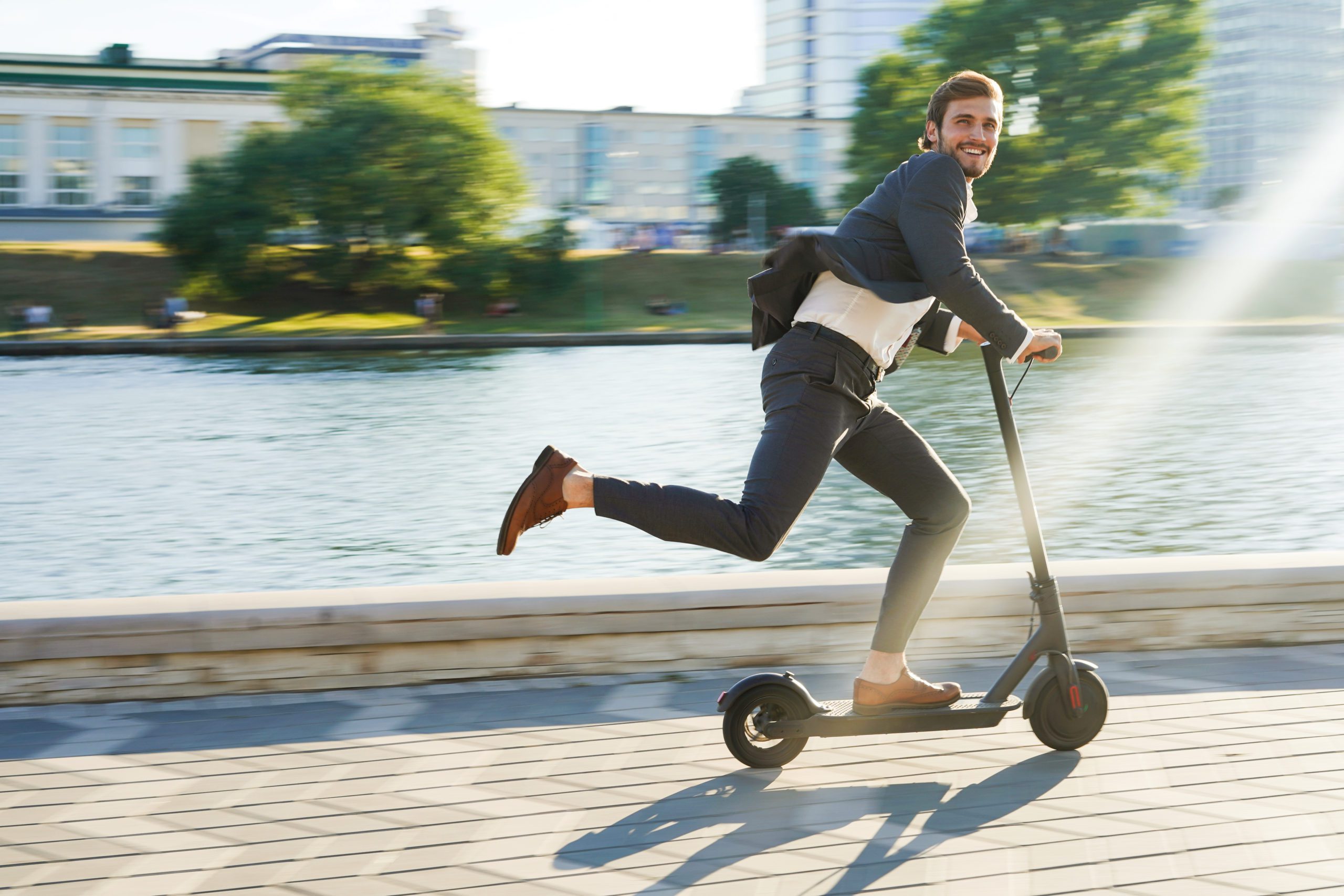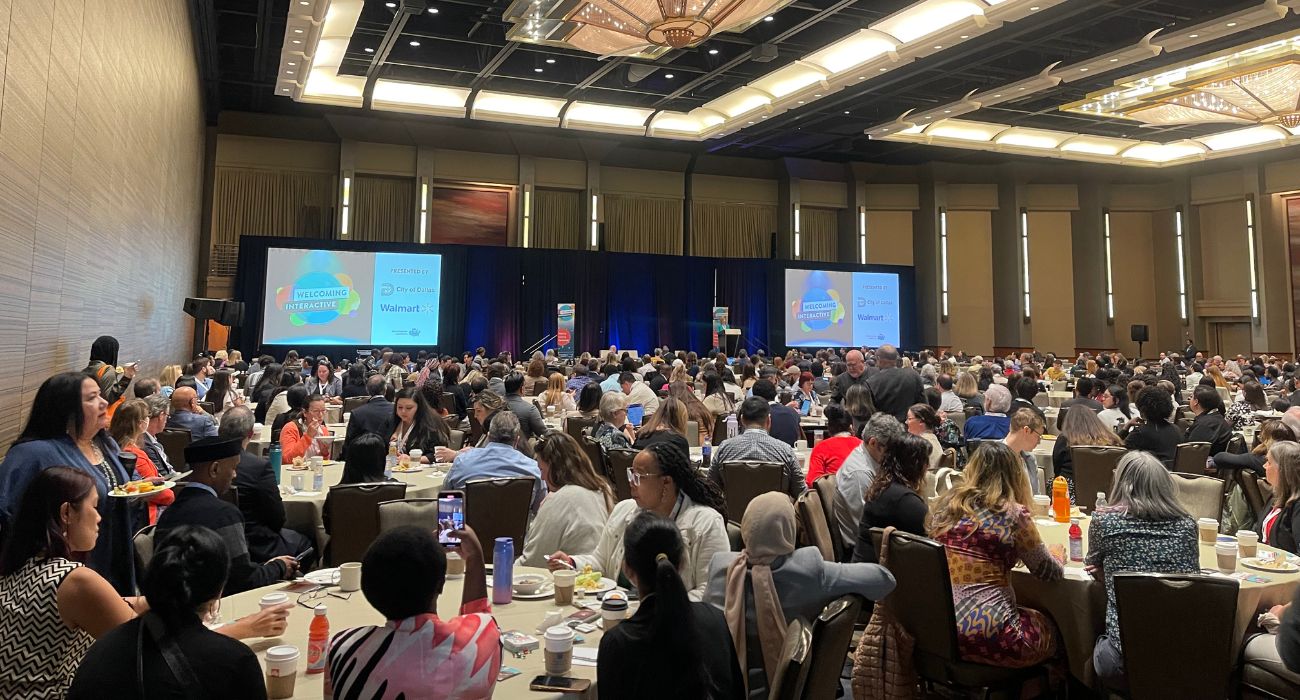Between 2019 and 2020, you more than likely saw scooters everywhere in Dallas. Piled on the sidewalk, whirling past you on the street, injuring people … it was not pretty.
After several injuries and a viral video showing a person using a scooter to weave through rush hour traffic on Interstate 35, Dallas eventually told scooter companies to pack up their fleets and go home.
Now, however, scooters are poised to make a comeback to Dallas streets, but this time with stricter regulations.
“I’m hoping that before the end of the year, we have them back on the street, but if not, then at the beginning of [next] year,” Councilman Omar Narvaez, chair of the transportation and infrastructure committee, told WFAA.
The news of the scooters’ comeback might be exciting for some, but others are not too happy about the idea. Deep Ellum resident and bartender Gnat Marfisi says scooters “just don’t work” in her neighborhood.
“Businesses spent money on big signs to put up in their windows with like big red letters — ‘No scooters on sidewalks.’ It’s in every bar’s windows, and nobody listened to it,” Marfisi said.
Councilman Narvaez hopes this next go-round will be more structured, with the help of a committee comprised of Dallas residents, police officers, and businesses owners. The committee took a deep dive into ways scooters negatively impacted Dallas and how other cities around the nation implemented their use.
From their study, the group came up with suggestions on including the scooters as a public transportation option while minimizing the unfavorable drawbacks (and casualties).
Some of their recommendations include:
- limiting the maximum speed that scooters can travel,
- limiting the number of vendors to serve the city to three,
- requiring scooters to be operational in areas with less accessible public transportation,
- having set pickup and drop-off locations to prevent scooters piling up outside businesses,
- capping the number of scooters allowed to operate,
- using geofencing to create virtual boundaries so that scooters are not operational in certain places like sidewalks.
The transportation committee is reviewing the suggestions, and Narvaez hopes the scooters will provide a means for residents to get to school and work, as well as navigate the redesigned DART bus routes.
Narvaez, however, does understand why there is pushback. To help curb concerns, he suggested that companies should have to sign contracts that include a three-strike rule for violations.
“Maybe you start with 500 scooters, but you didn’t follow the rules, so maybe your punishment could be fines or a reduction of your fleet,” said Narvaez.
If the transportation committee and the city council approve the scooters’ return to Dallas streets, Narvaez hopes the city will open proposal requests by August.






